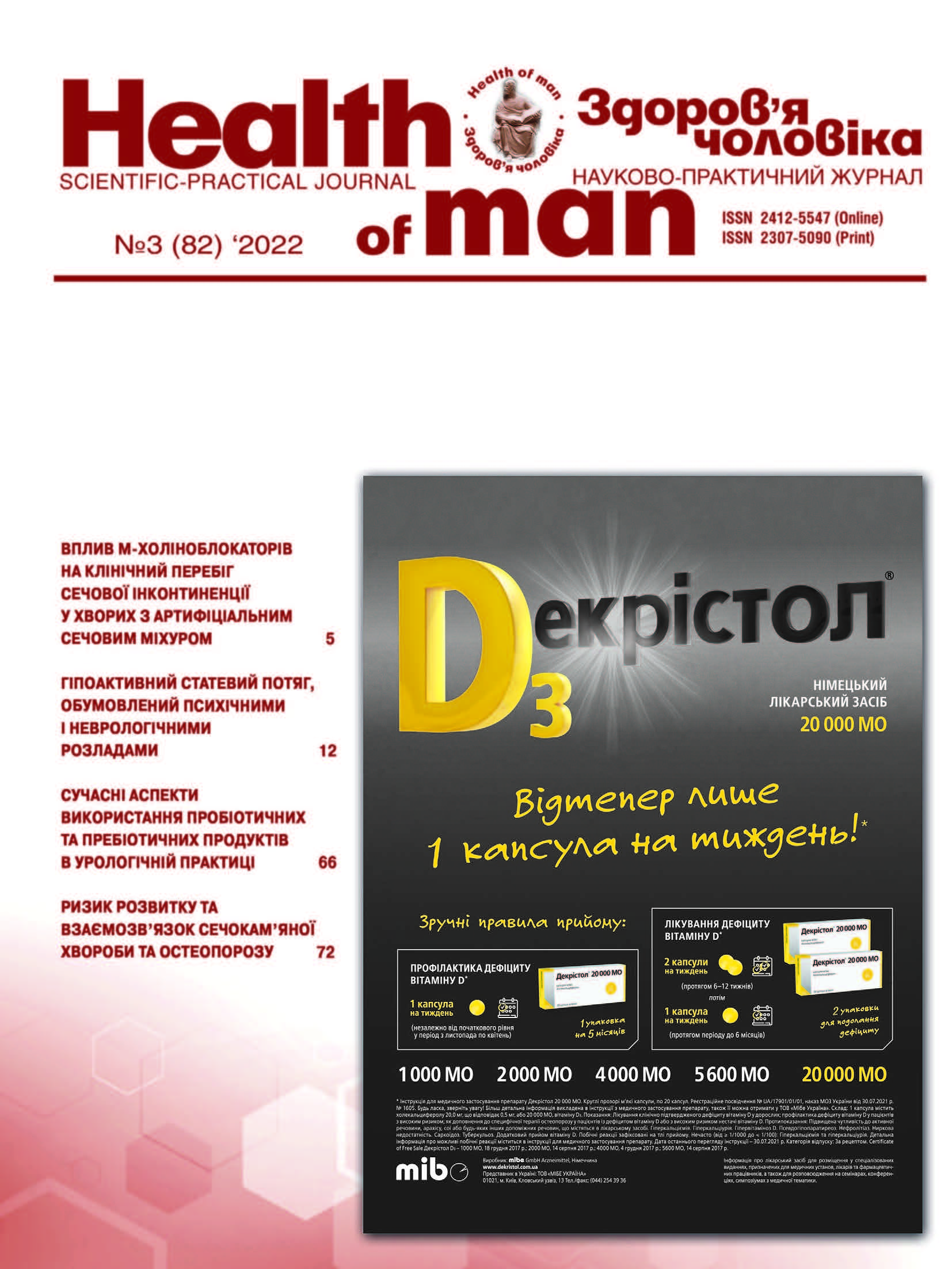Correction of Homosexual Desire in a Male Adolescent. A Case from Clinical Practice
##plugins.themes.bootstrap3.article.main##
Abstract
The article describes a clinical case with a 17-year-old male patient, who presented complaints about presence of his homosexual desire. He believed that his sexual orientation was pathology and existing statements about normality of homosexuality were political propaganda. He wanted to get rid of homosexuality, marry over time and have children.
During an active inquiry he informed that the proportion of the homosexual component of his libido in its total structure was 90–95%, that of the heterosexual one being 5–10%. Though during his active inquiry the patient informed about presence of a minimally expressed heterosexual component, our comprehensive analysis of his psychosexual development, sexual behavior manifestations and erotic dreams did not reveal any presence of the heterosexual component. Nevertheless, the latter might be present because from the very beginning the patient felt a slightly expressed sexual desire during heterosexual masturbation.
The following correction was made: (1) cognitive influences targeted at strengthening of the patient’s set that it is normal to be heterosexual as opposed to homosexual; (2) aesthetic-erotic correction (viewing of beautiful women [naked and non-naked] using video materials for formation of the woman ideal); (3) hypnosuggestive correction of the sexual desire orientation with inclusion of the cognitive and behavioral (aversive) components; (4) prohibition of homosexually oriented masturbation and change over to heterosexually oriented one (sexual behavior training targeted at change of orientation of his sexual desire).
Complete normalization of the patient’s health took place after 10 sessions of hypnosuggestive correction (programming, modelling) and retraining masturbation. This clinical observation once again demonstrates the possible effectiveness of conversion therapy with absence of any complications. Here we should emphasize that such therapy can be given only on the voluntary basis.
##plugins.themes.bootstrap3.article.details##

This work is licensed under a Creative Commons Attribution 4.0 International License.
Authors retain the copyright and grant the journal the first publication of original scientific articles under the Creative Commons Attribution 4.0 International License, which allows others to distribute work with acknowledgment of authorship and first publication in this journal.
References
Germany passed a law banning the «treatment» of homosexuality.
Kocharyan G.S. (2020). Bisexuality: general data and clinical observation. Health of Man, 2, 71–80.
Kocharyan G.S. (2009). Greek love: get tested for homosexuality. M.: Eksmo, 288 p.
Kocharyan G.S. (2008). Homosexuality and modern society. Kh.: EDENA, 240 p.
Kocharyan G.S. (2020). Conversion Therapy. Pros and Cons. Discussion. Health of Man, 1, 43–49.
Kocharyan G.S. (2016). Experience of using hypnosuggestion in the conversion of the homosexual component of libido. Psychological Counseling and Psychotherapy, 2(6), 39–55.
Kocharyan G.S. (2010). Psychotherapy homosexuals which reject their sexual orientation: the modern analysis of the problem. Psychiatry and medical psychology, 1–2, 131–141.
Kocharyan G.S. (2021). Hypnosuggestion in Correction of Homosexual Desire: A Case from Clinical Practice. Psychological Counseling and Psychotherapy, 16, 45–52.
Lysov V.G. (2019). Information and analytical report. Rhetoric of the homosexual movement in the light of scientific facts, Krasnoyarsk: Research and Innovation Center, 750 p.
“Malta bans ‘gay cure’ conversion therapy.
Nicolosi J, Byrd A.D, Potts R.W. (2000). Retrospective self-reports of changes in homosexual orientation: a consumer survey of conversion therapy clients. Psychol Rep, 86 (3 Pt 2), 1071–1088.
Sullins DP, Rosik CH, Santero P. Efficacy and risk of sexual orientation change efforts: a retrospective analysis of 125 exposed men. F1000Res. 2021 Mar 18;10:222. doi: 10.12688/f1000research.51209.2.





